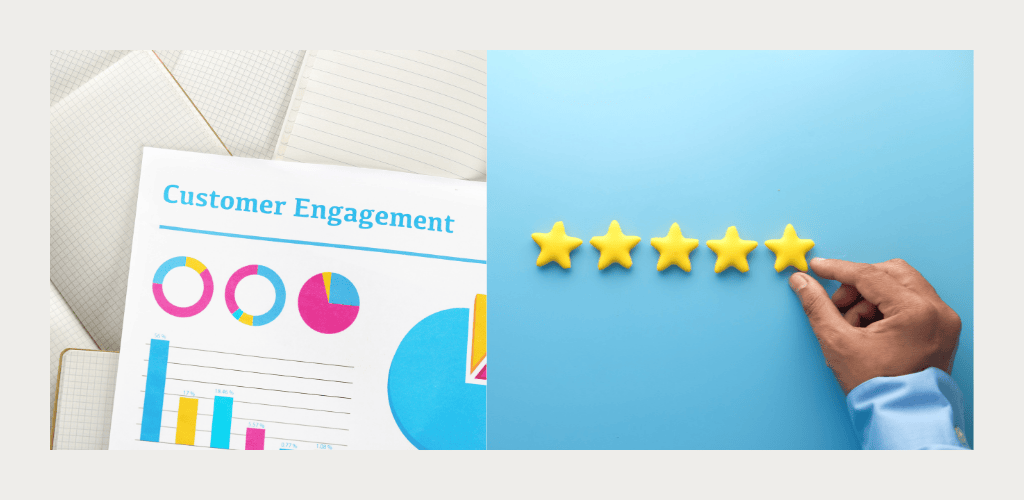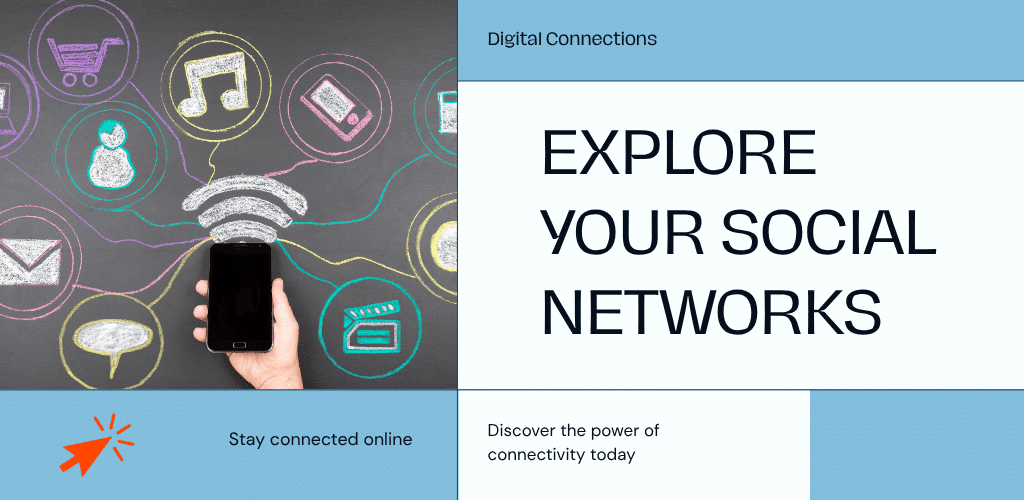Are you a small business owner struggling to navigate the complex world of e-commerce? You’re not alone. In today’s digital landscape, having a robust online presence is crucial for success, but choosing the right e-commerce functionality can be overwhelming. With countless options available, how do you know which features will truly benefit your business?
Imagine having an e-commerce functionality platform that not only streamlines your operations but also boosts your sales and customer satisfaction. From seamless checkout processes to powerful inventory management tools, the right e-commerce functionality can transform your small business into a thriving online powerhouse. But where do you start? What features are essential, and which ones can you live without?
In this comprehensive guide, we’ll explore the best e-commerce functionality for small businesses like yours. We’ll dive into essential platform features, discuss ways to optimize your checkout process, and reveal customer engagement tools that will keep your audience coming back for more. Plus, we’ll uncover the power of analytics and scalability options to ensure your business is ready for growth. Get ready to unlock the full potential of your online store and take your small business to new heights!
Table of Contents
Essential e-commerce platform features for small businesses
User-friendly product catalog
You’ll want to ensure your e-commerce platform offers a user-friendly product catalog. This feature is crucial for showcasing your items effectively and making it easy for customers to find what they’re looking for. A well-organized catalog should include:
- Clear product categories and subcategories
- High-quality product images with zoom functionality
- Detailed product descriptions and specifications
- Customer reviews and ratings
- Related product suggestions
By implementing these elements into your e-commerce functionality, you’ll enhance the shopping experience and increase the likelihood of conversions.
Secure payment gateways
When it comes to e-commerce functionality for small businesses, secure payment gateways are non-negotiable. You’ll need to offer your customers a variety of payment options while ensuring their financial information remains protected. Look for platforms that support:
- Major credit cards (Visa, Mastercard, American Express)
- Digital wallets (PayPal, Apple Pay, Google Pay)
- SSL encryption for all transactions
- PCI DSS compliance
Providing these secure payment options as part of your e-commerce functionality will build trust with your customers and reduce cart abandonment rates.
Mobile responsiveness
In today’s mobile-first world, your e-commerce functionality must be fully responsive on all devices. This means your online store should automatically adjust its layout and functionality to provide an optimal viewing experience on smartphones and tablets. Ensure your chosen platform offers:
- Adaptive design for various screen sizes
- Touch-friendly navigation and buttons
- Fast loading times on mobile networks
- Easy-to-use mobile checkout process
By prioritizing mobile responsiveness in your e-commerce functionality, you’ll cater to the growing number of customers who prefer shopping on their mobile devices.
Search functionality
Now that you’ve set up a user-friendly catalog, secure payments, and mobile responsiveness, it’s time to focus on search functionality. A robust search feature is essential for helping customers quickly find the products they want. Look for an e-commerce functionality that offers:
- Predictive search suggestions
- Filters for refining search results (e.g., price, color, size)
- Typo tolerance and synonym recognition
- Search analytics to understand customer behavior
Implementing these search capabilities will significantly improve the user experience and increase the chances of customers finding and purchasing your products.
Streamlining the checkout process e-commerce functionality

Guest checkout option
You’ve worked hard to attract customers to your online store, so don’t let a complicated checkout process drive them away. Offering a guest checkout option as part of your e-commerce functionality is crucial for small businesses looking to maximize conversions. This feature allows customers to make purchases without creating an account, reducing friction and saving time. By implementing guest checkout, you can:
- Increase conversion rates by up to 45%
- Cater to first-time buyers who may be hesitant to create an account
- Streamline the purchasing process for mobile users
One-page checkout
Time is precious, especially for your customers. A one-page checkout consolidates all necessary information onto a single page, making the process quick and efficient. This streamlined approach offers several benefits:
- Reduces cart abandonment rates
- Improves mobile user experience
- Simplifies form filling, leading to fewer errors
Multiple payment options
To cater to diverse customer preferences, it’s essential to offer a variety of payment methods. By providing multiple options, you’ll:
- Increase trust and credibility
- Accommodate international customers
- Boost conversion rates by offering familiar payment methods
Consider including popular options like credit cards, PayPal, Apple Pay, and even buy-now-pay-later services to meet the needs of different customer segments.
Order tracking and status updates
Keeping your customers informed about their purchases is crucial for building trust and reducing support inquiries. Implement a robust order tracking system that provides:
- Real-time updates on order status
- Estimated delivery dates
- Notification options (email, SMS, or push notifications)
By offering these features, you’ll enhance the post-purchase experience and encourage repeat business. Remember, a smooth checkout process is key to turning browsers into buyers and first-time customers into loyal patrons.
Inventory management solutions
Real-time stock updates
You can’t afford to disappoint customers with out-of-stock items or oversell products you don’t have. Real-time stock updates are your solution. This feature automatically adjusts your inventory levels as sales occur, ensuring accuracy across all your sales channels. Here’s why it’s crucial:
- Prevents overselling and stockouts
- Improves customer satisfaction
- Reduces manual inventory checks
- Enhances decision-making for restocking
Automated reorder notifications
Never run out of popular items again. Automated reorder notifications alert you when stock levels are low, helping you maintain optimal inventory. You’ll benefit from:
- Timely restocking reminders
- Customizable threshold settings
- Reduced risk of lost sales
- Improved cash flow management
Multi-channel inventory sync
As your business grows, you might sell on multiple platforms. Multi-channel inventory sync ensures your stock levels are consistent across all sales channels. This powerful feature:
- Centralizes inventory management
- Prevents overselling on any platform
- Saves time on manual updates
- Provides a unified view of your inventory
With these inventory management solutions, you’ll have better control over your stock, reduce errors, and improve your overall e-commerce efficiency. Next, we’ll explore customer engagement tools that can help you turn one-time buyers into loyal customers.
Customer engagement tools

Product reviews and ratings
You can’t underestimate the power of social proof in e-commerce. By implementing product reviews and ratings, you’re giving potential customers valuable insights from their peers. This feature not only builds trust but also helps shoppers make informed decisions. Consider these key points:
- Display reviews prominently on product pages
- Allow customers to sort reviews by rating or relevance
- Encourage customers to leave reviews with post-purchase emails
Personalized product recommendations
Tailoring the shopping experience to each customer’s preferences can significantly boost sales. By analyzing browsing history and purchase behavior, you can suggest products that are more likely to interest your customers. Here’s how to make the most of this tool:
- Implement “Customers who bought this also bought” sections
- Use AI-driven algorithms to improve recommendation accuracy
- Showcase personalized recommendations on the homepage and in email campaigns
Email marketing integration
Email remains one of the most effective channels for customer engagement. By integrating email marketing with your e-commerce platform, you can:
- Send targeted promotional offers
- Recover abandoned carts
- Share personalized product recommendations
- Keep customers informed about new arrivals and restocks
Live chat support
Providing real-time support can make a huge difference in customer satisfaction and conversion rates. Live chat allows you to address concerns immediately, guide customers through the purchasing process, and offer personalized assistance. To maximize the benefits of live chat:
- Ensure quick response times
- Train your support team to handle common queries efficiently
- Use chatbots for basic inquiries to free up human agents for more complex issues
Now that you’ve learned about these powerful customer engagement tools, let’s explore how you can leverage analytics and reporting to make data-driven decisions for your e-commerce business.
Analytics and reporting e-commerce capabilities

Sales performance tracking
Effective e-commerce functionality includes sales dashboards to help track and improve revenue performance over time. To grow your e-commerce business, you need to keep a close eye on your sales performance. With the right analytics tools, you can track key metrics such as:
- Total revenue
- Average order value
- Best-selling products
- Sales by channel (e.g., website, mobile app, social media)
- Customer acquisition cost
By monitoring these metrics, you’ll gain valuable insights into what’s working and what needs improvement in your online store.
Customer behavior insights
Understanding how customers interact with your e-commerce site is crucial for optimizing their experience. Analytics tools can provide you with data on:
- Page views and time spent on site
- Bounce rates
- Click-through rates
- Cart abandonment rates
- Customer journey mapping
These insights allow you to identify potential bottlenecks in the purchasing process and make data-driven decisions to improve user experience.
Conversion rate optimization
E-commerce functionality that enables A/B testing and analytics tools helps improve your conversion strategies. Once you have a clear picture of your customers’ behavior, you can focus on improving your conversion rates. E-commerce analytics tools can help you:
- Identify high-performing pages and products
- Test different layouts, designs, and product descriptions
- Analyze the effectiveness of your marketing campaigns
- Optimize your site’s search functionality
By continuously refining your approach based on these insights, you can increase the percentage of visitors who make a purchase.
ROI measurement
Measuring the return on investment (ROI) of your e-commerce efforts is essential for long-term success. Analytics tools enable you to:
- Track the performance of marketing campaigns across different channels
- Measure the effectiveness of promotional offers and discounts
- Analyze customer lifetime value
- Assess the profitability of different product lines
With these capabilities, you can make informed decisions about where to allocate your resources for maximum impact. Now that you understand the power of analytics in e-commerce, let’s explore how scalability and integration options can support your growing business.
Scalability and integration options
Third-party app integrations
As your small business grows, you’ll need to expand your e-commerce capabilities. Third-party app integrations are crucial for enhancing your online store’s functionality without reinventing the wheel. You can easily add features like:
- Advanced shipping solutions
- Email marketing tools
- Customer relationship management (CRM) systems
- Accounting software integrations
By leveraging these integrations, you’ll save time and resources while providing a better experience for your customers.
API accessibility
API accessibility is vital for customizing your e-commerce platform to fit your unique business needs. With open APIs, you can:
- Develop custom features tailored to your brand
- Connect your e-commerce platform with other business systems
- Automate processes to increase efficiency
- Create a seamless omnichannel experience for your customers
Cloud-based solutions
Cloud-based e-commerce platforms offer numerous advantages for small businesses:
- Reduced infrastructure costs
- Automatic updates and maintenance
- Improved security measures
- Scalability to handle traffic spikes during peak seasons
These benefits allow you to focus on growing your business rather than managing technical aspects.
Customization possibilities
To stand out in the competitive e-commerce landscape, you need a platform that allows for extensive customization. Look for solutions that offer:
- Flexible design templates
- Custom product attributes and categories
- Personalized checkout processes
- Ability to create unique promotional campaigns
With these customization options, you can create a distinctive brand experience that resonates with your target audience. As your business evolves, your e-commerce platform should adapt to your changing needs, ensuring long-term success in the digital marketplace.
FAQ’s
A. What is e-commerce functionality?
E-commerce functionality refers to the features and capabilities that enable businesses to sell products or services online. It includes tools for displaying products, processing payments, managing inventory, and interacting with customers. These functionalities help you create a seamless online shopping experience for your customers, making it easier for them to browse, purchase, and receive products or services through your website.
Implementing the right e-commerce functionality can transform your small business, enhancing both customer experience and operational efficiency. By focusing on essential platform features, streamlined checkout processes, and robust inventory management solutions, you can create a solid foundation for your online store. Customer engagement tools and analytics capabilities further empower you to make data-driven decisions and foster lasting relationships with your clientele.
As you embark on your e-commerce journey, remember that scalability and integration options are crucial for future growth. Choose solutions that can adapt to your evolving needs and seamlessly integrate with your existing systems. By carefully selecting and implementing these key e-commerce functionalities, you’ll be well-equipped to thrive in the competitive online marketplace and take your small business to new heights.
B. What is e-commerce functionality in Fiverr?
So, e-commerce functionality in Fiverr means a feature, function, or service offered in Fiverr just for sellers to sell their product or services for an online store. That could be helping businesses set up or enhance their e-commerce sites, writing product descriptions, creating business listings or offering payment gate services, for example, or making the entire shopping experience better for customers. Buying buyers who want help building their online stores — whether on Shopify, WooCommerce, Etsy, etc — can search Fiverr for a topic and find a professional that offers these services within clear gig packages.
C. What are the features of e-commerce website?
The functionalities of an e-commerce website include all that enables individuals to explore, choose, and purchase products or services on the Internet. This includes product pages, shopping carts, secure payment options, and order tracking. It also encompasses customer reviews, quick navigation, responsive design, and so on. These various components work together to provide a seamless and trustworthy shopping experience for visitors.







